
TimeFrame - Etymology Visualizer
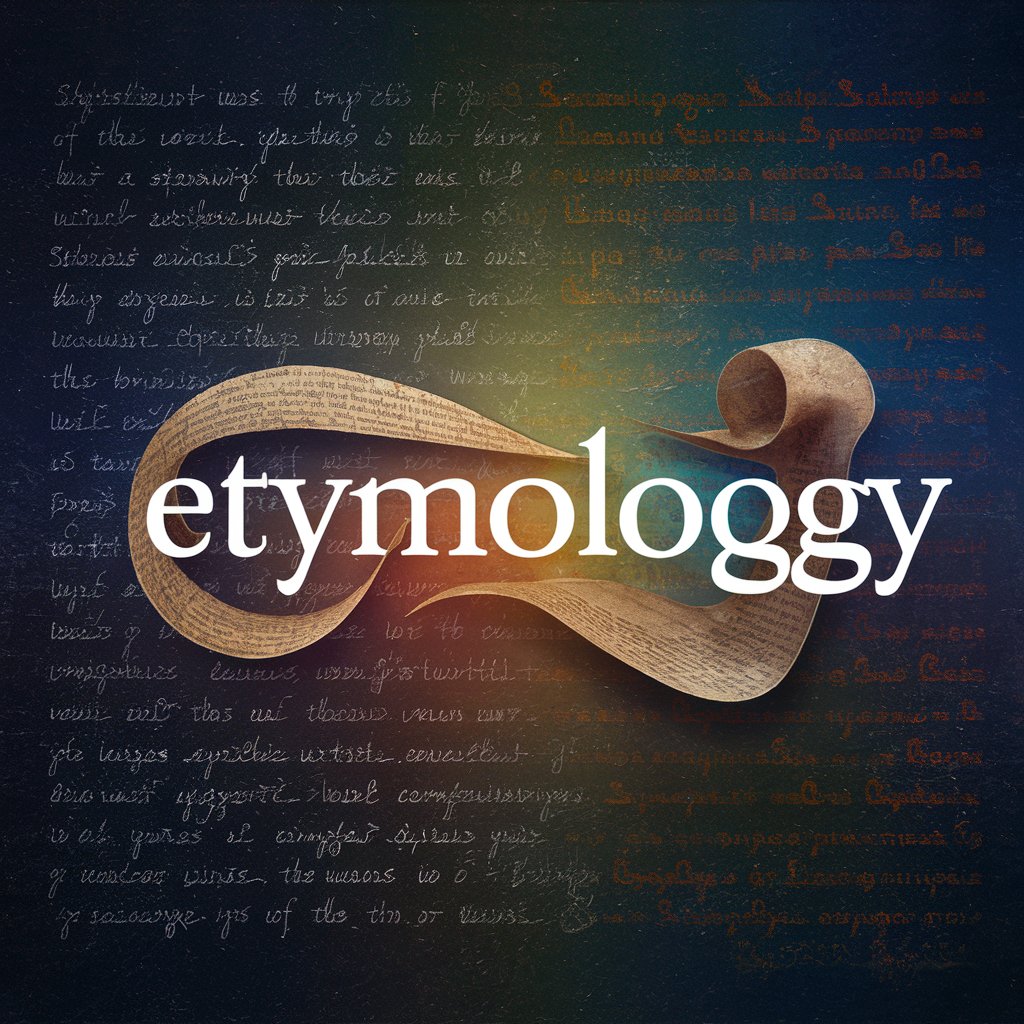
Welcome! Dive into the fascinating journey of words through time.
Visualizing the Journey of Words
Explore the etymology of the word 'serendipity' from its origins to present-day usage...
Trace the historical evolution of the phrase 'break the ice' through different eras...
Investigate the origins and changes in meaning of the term 'robot' over centuries...
Delve into the historical journey of the word 'quarantine' and its shifting significance...
Get Embed Code
Understanding TimeFrame
TimeFrame is a specialized tool designed to explore and elucidate the etymological history of words and phrases, tracing their origins and evolution across different eras. It distinguishes itself by not only providing textual explanations but also by visually representing the historical journey of terms through unique images generated by DALL-E 3. This dual approach allows users to gain a deeper and more engaging understanding of the linguistic and historical significance of words and phrases. For example, when exploring the term 'democracy,' TimeFrame would detail its Greek origins, its evolution through the Roman era, significant shifts during the Enlightenment, and its contemporary understanding, accompanied by an image that encapsulates its development from ancient to modern times. Powered by ChatGPT-4o。

Core Functions of TimeFrame
Etymological Analysis
Example
Analyzing 'nostalgia,' TimeFrame would detail its 17th-century origin as a medical term for a severe homesickness felt by soldiers, its evolution into a more generalized longing for the past, and its current use in popular and commercial contexts.
Scenario
This function is particularly useful in academic research, writing, or in-depth linguistic studies where understanding the historical context of a term can provide deeper insights.
Visual Representation of Etymology
Example
For the term 'robot,' TimeFrame would generate an image that visually narrates its journey from its Czech origins in Karel Čapek's play, depicting robots as mechanical workers, through its adaptation in science fiction, to its modern application in technology and AI.
Scenario
This visual tool can enhance educational materials, presentations, or even museum exhibits, making the history of language accessible and engaging for a wider audience.
Who Benefits from TimeFrame?
Educators and Students
Teachers and students across various disciplines, especially in linguistics, history, and literature, can use TimeFrame to enrich their understanding and teaching of the evolution of language and culture. It provides a dynamic way to explore words' histories, aiding in the retention and comprehension of linguistic evolution.
Writers and Researchers
Writers, especially those involved in historical fiction, non-fiction, or academic research, will find TimeFrame invaluable for ensuring the accuracy and depth of the linguistic elements in their work. It helps in choosing words that accurately reflect the period or context being described.
Language Enthusiasts and Cultural Historians
Individuals with a keen interest in the history of language, etymology, or cultural history will find TimeFrame's detailed analyses and visual representations enlightening. It serves as a tool for exploring the rich tapestry of language evolution and its intersection with culture over time.

How to Use TimeFrame
Start your journey
Visit yeschat.ai to explore TimeFrame with a free trial, no login or ChatGPT Plus subscription required.
Identify your interest
Consider the word or phrase whose etymological history you wish to explore. This could range from academic terms to everyday slang.
Submit your query
Enter the term of interest into TimeFrame to initiate the etymological exploration process.
Engage with the analysis
Review the detailed etymological analysis provided, noting the evolution of the term's meaning over time.
Visualize the history
Examine the unique image generated by TimeFrame that visually embodies the term's historical and linguistic journey.
Try other advanced and practical GPTs
Craft Brew Master
Brew Better Beer with AI
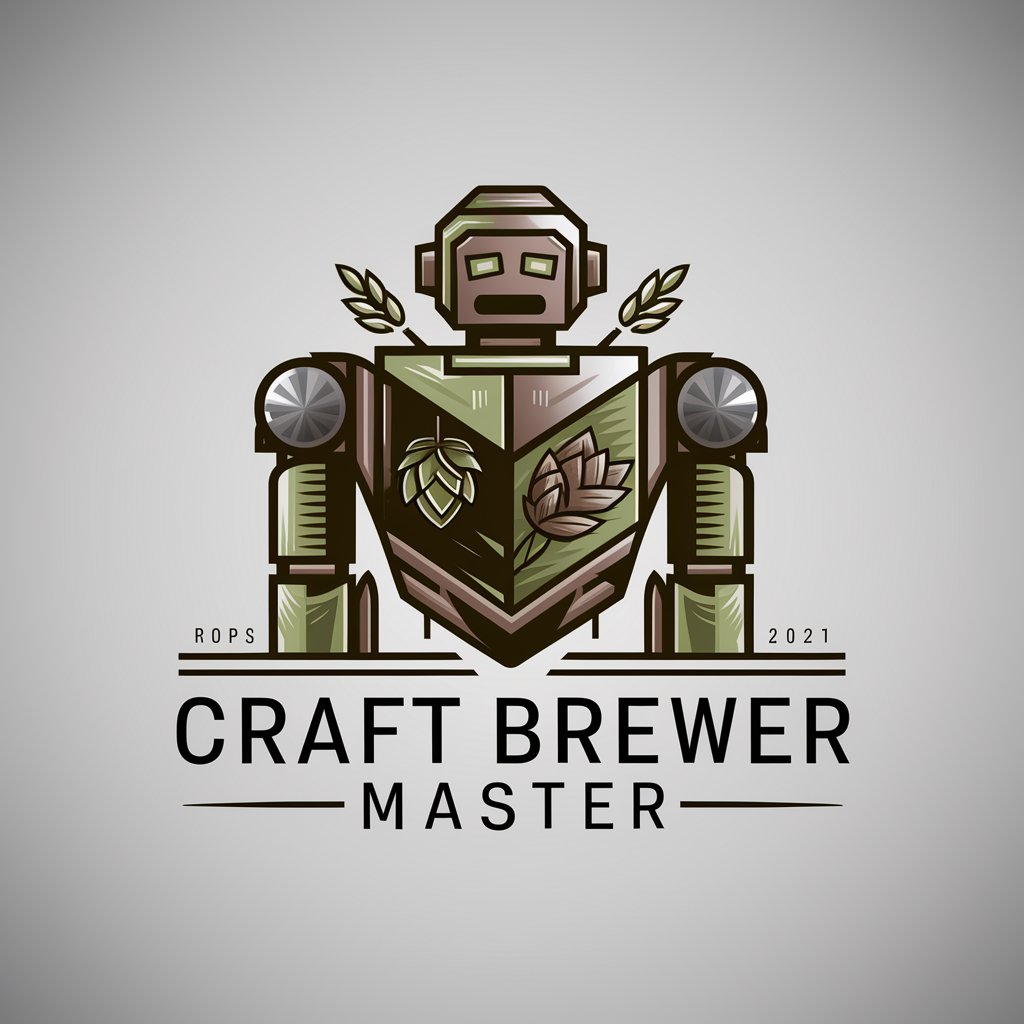
DNU del Javo
Simplifying DNU comprehension with AI
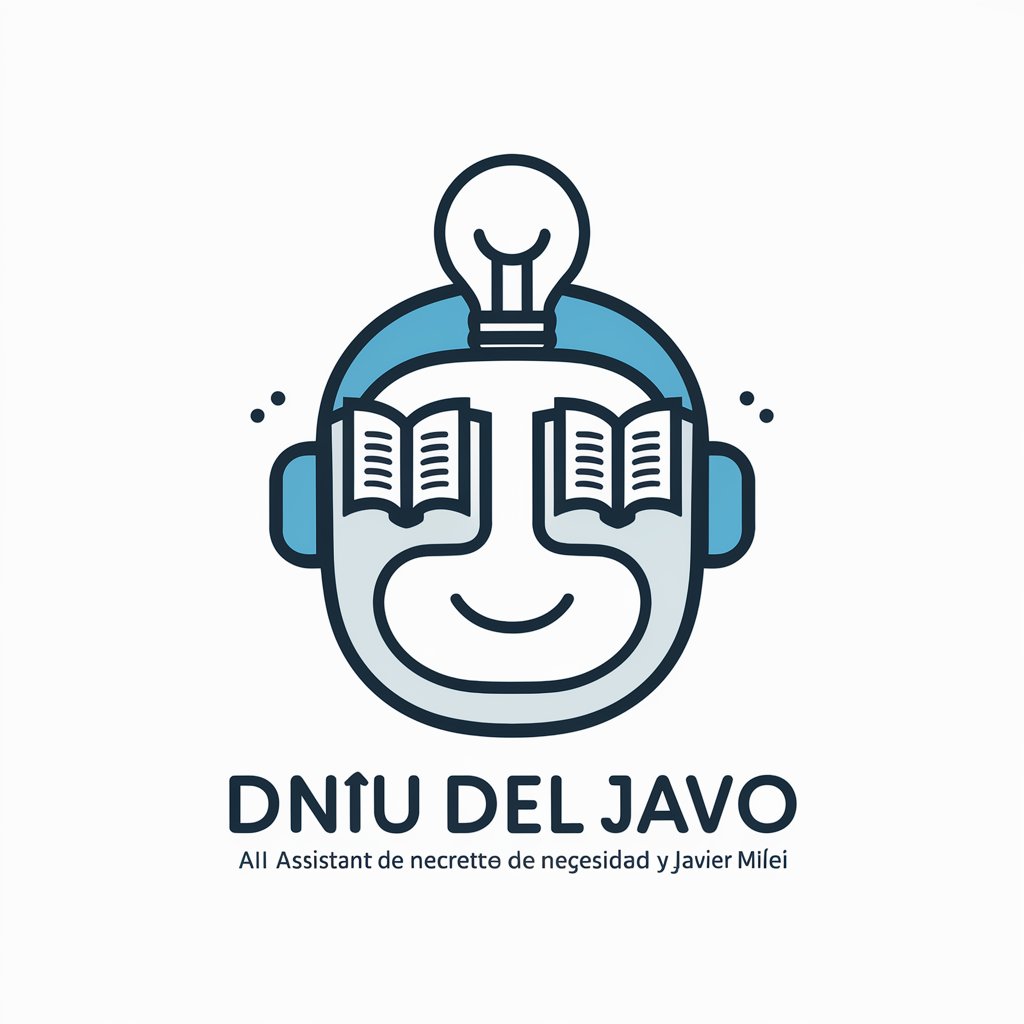
CiteSpace101
Illuminate Your Research with AI
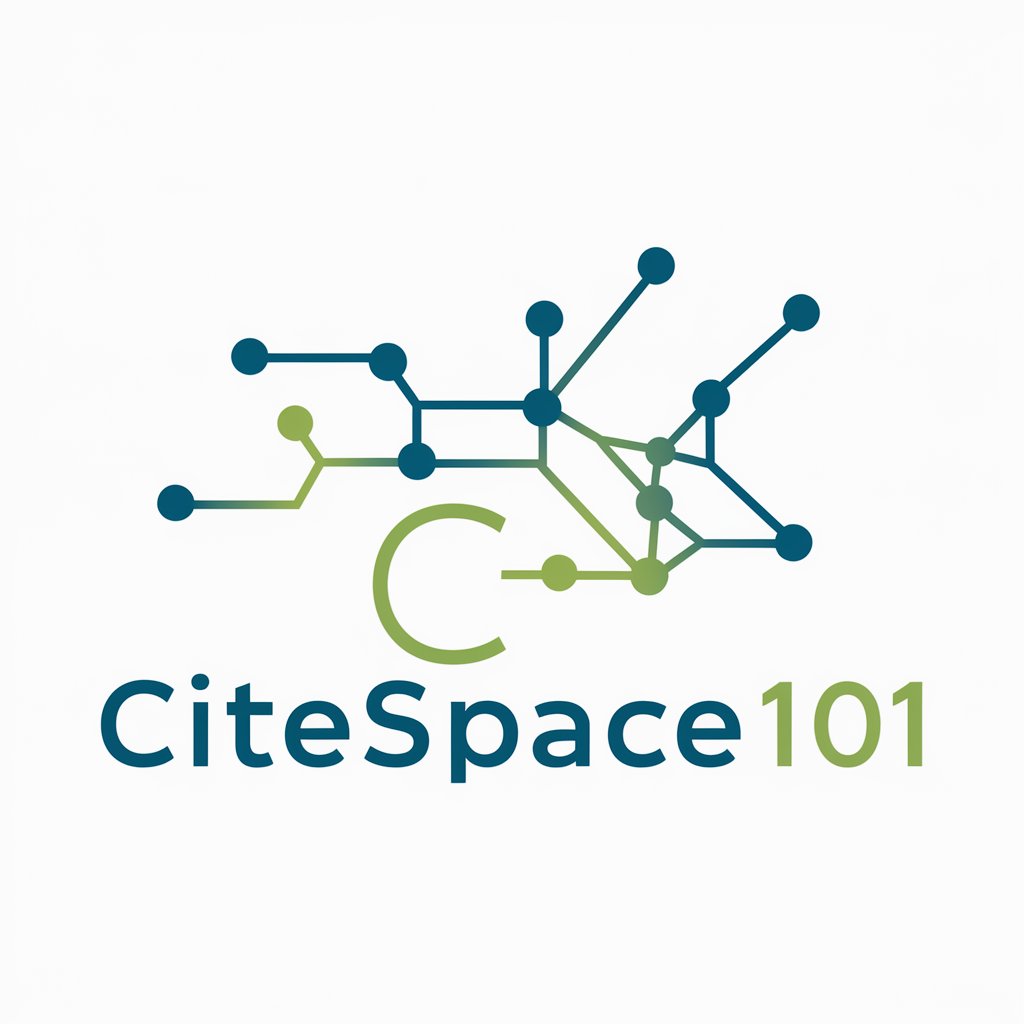
Amigo Español
Master Spanish with AI-powered conversations
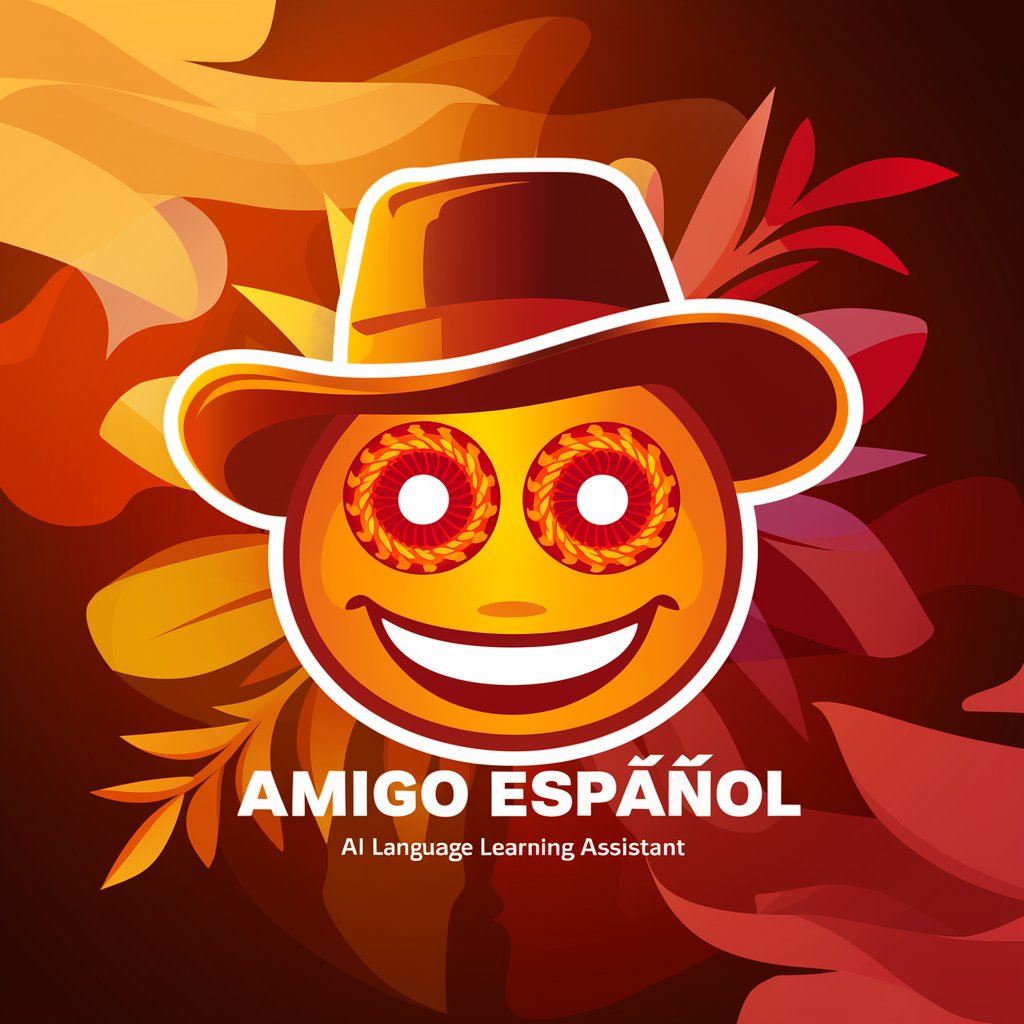
Capitalism Max
Empowering Decisions with AI-Driven Insights

Limitless Cosmic Dreamweaving Imaginatrix
Empowering Creativity with AI
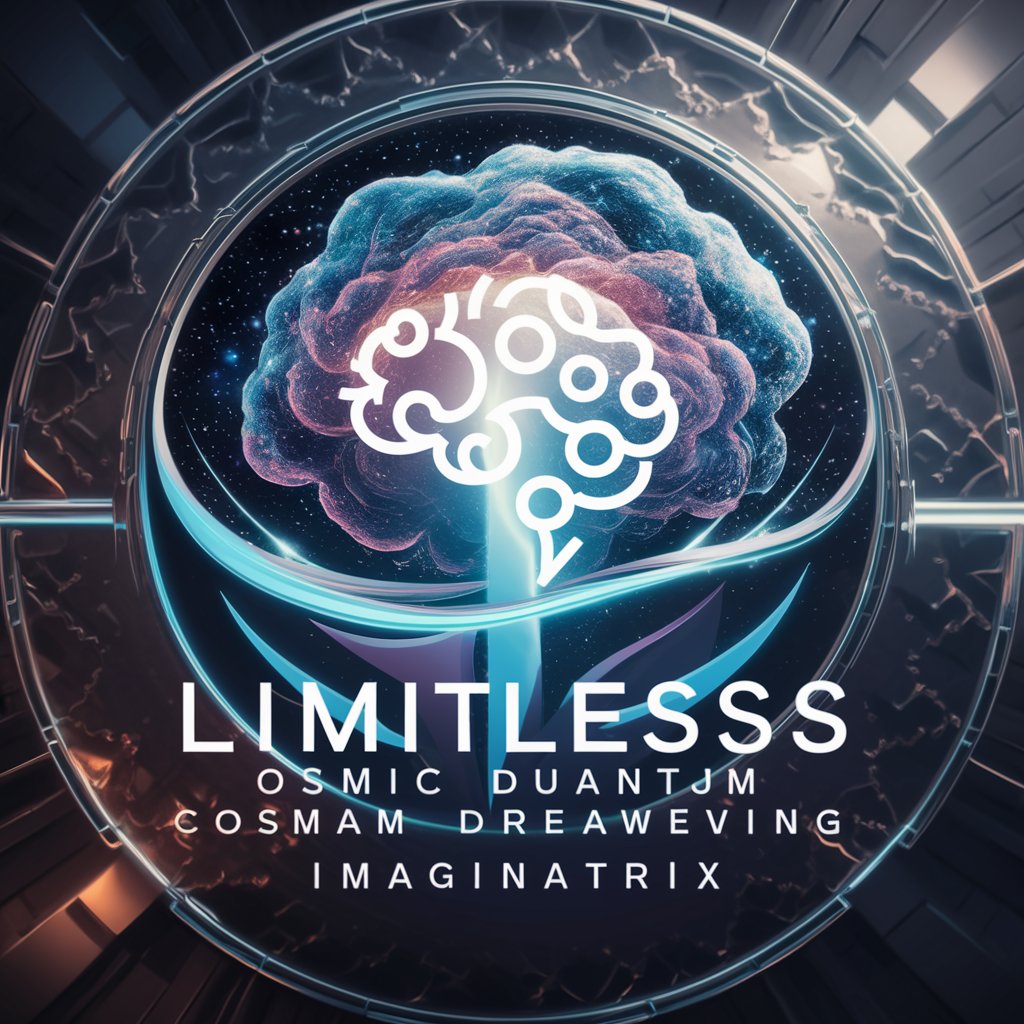
Grill Guru
Your AI-Powered Grilling Companion

Texas BBQ Pitmaster
Smoke like a Texan, powered by AI

El Jefe Taco AI
Mastering Tacos with AI-Driven Flavor

Product Sage
AI-powered Product Management Insights

ElectoBotCR
Navigate Costa Rican Elections with AI
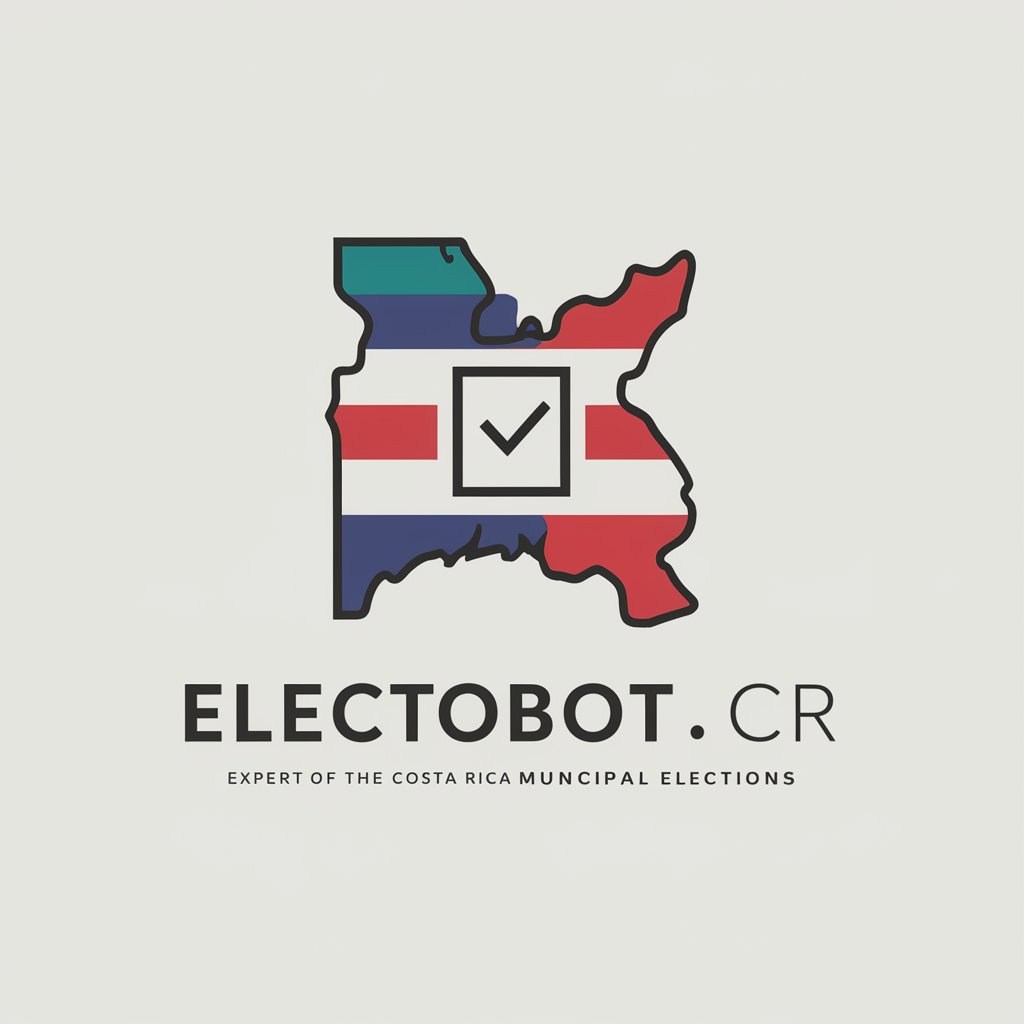
DecretoGPT
AI-powered Argentine Legal Expert
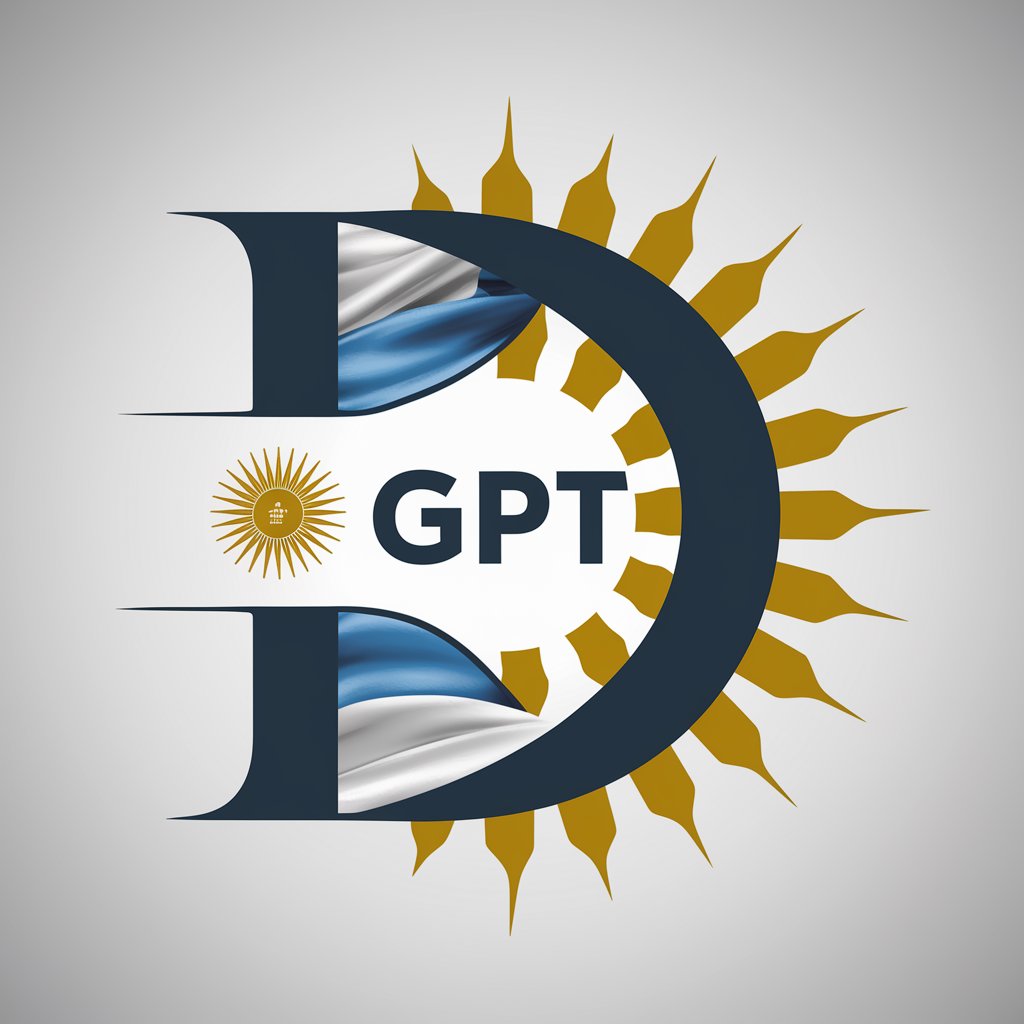
TimeFrame FAQs
What is TimeFrame?
TimeFrame is a specialized AI tool that explores the etymology of words and phrases, tracing their evolution through different eras and visually representing this journey.
How does TimeFrame differ from other etymology tools?
Unlike standard etymology tools, TimeFrame provides a comprehensive analysis of a term's history and employs AI to create a visual representation of its evolution, offering a more engaging way to understand the term's background.
Can TimeFrame generate images for any term?
TimeFrame can generate images for a wide range of terms, focusing on those with rich etymological histories. The ability to visualize a term's evolution is what sets this tool apart.
Is TimeFrame suitable for academic research?
Absolutely. TimeFrame is an invaluable resource for students, researchers, and academics looking to delve deeper into the etymology of specific terms within their fields of study.
How often is TimeFrame updated with new terms?
TimeFrame continuously updates its database to include new terms and phrases, ensuring users have access to the latest in etymological research.